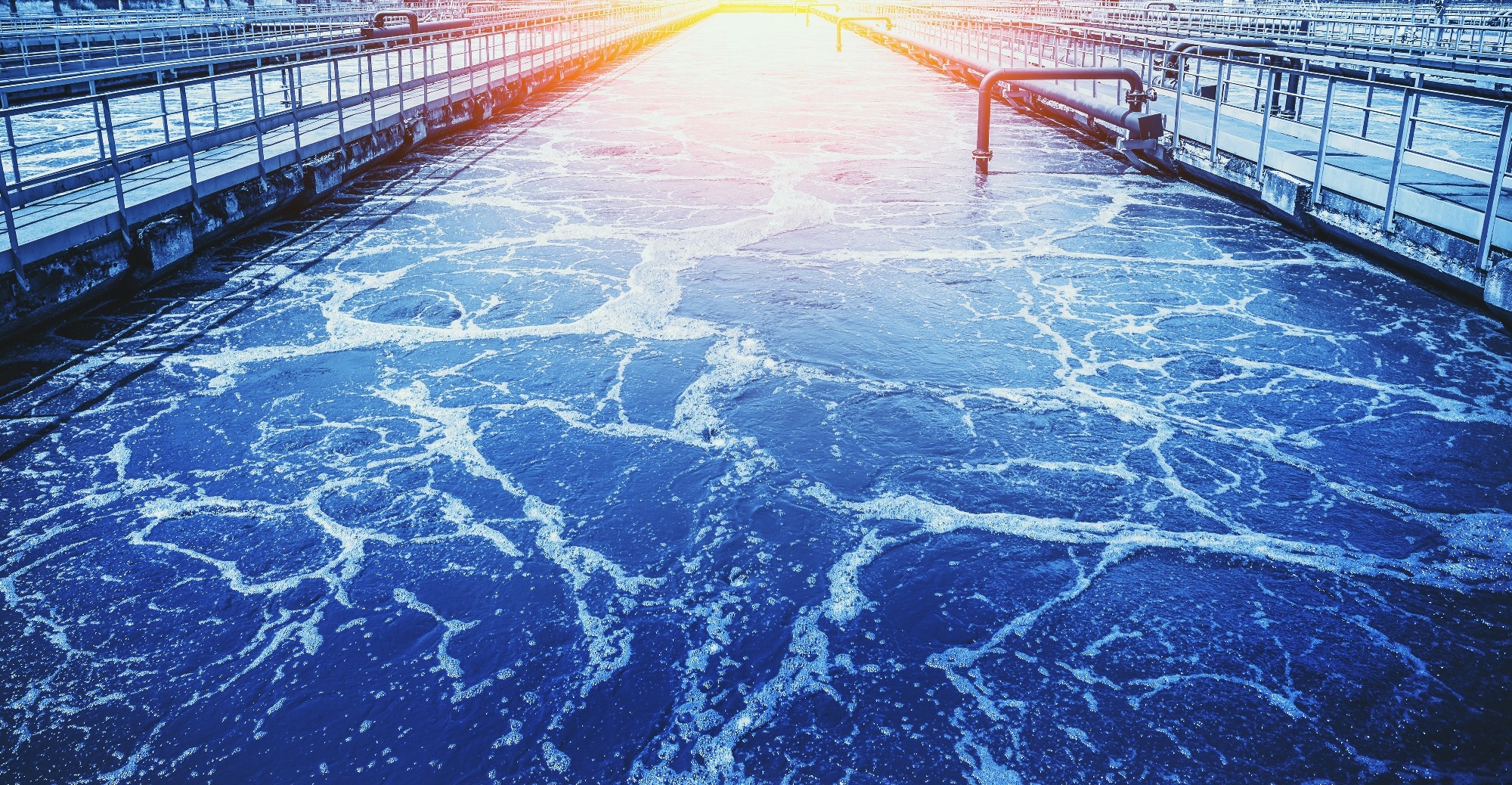Exploring trends in SARS-CoV-2 RNA concentrations in wastewater

In a recent study posted to medRxiv* preprint server, researchers characterized trends of severe acute respiratory syndrome coronavirus 2 (SARS-CoV-2) RNA levels in wastewater.

Wastewater-based epidemiology (WBE) relies on infectious disease marker levels in the wastewater to assess disease incidence in the community. The coronavirus disease 2019 (COVID-19) pandemic has increased attention to WBE. Specifically, SARS-CoV-2 RNA concentrations in wastewater-settled solids correlate well with incident clinical COVID-19 cases (lab-confirmed cases) in the same sewer shed.
Additionally, trends in wastewater SARS-CoV-2 RNA concentrations precede those in incident COVID-19 cases in communities. However, there is uncertainty in interpreting and using WBE data to help decision-making. Further, there have been limited efforts regarding how to monitor trends actively. Usual trend measures, such as rates of change, simple moving averages, et cetera., provide less attention to trend stability and statistical significance and can often be confusing/misleading.
About the study
In the present study, researchers used daily measurements of SARS-CoV-2 RNA in wastewater to compare three trend analysis methods and evaluate their performance. Daily sampling from the San José-Santa Clara regional wastewater facility commenced on November 15, 2020, until September 15, 2022. The authors used data on SARS-CoV-2 nucleocapsid (N) gene concentrations in gene copies/g of dry weight normalized by pepper mild mottle virus (PMMoV) concentrations.
Three analytic metrics – percent change (PC), Mann-Kendall (MK) trend test, and relative strength index (RSI), were used to identify trends in N or PMMoV over time. RSI is useful to inform trend stability, whereas the other two inform about statistical significance. The RSI was calculated for the seven-day right-aligned moving average of N or PMMoV using a 14-day look-back period.
For PC, the authors used the formula that the United States Centers for Disease Control and Prevention (CDC) uses for computing trends in the wastewater SARS-CoV-2 RNA concentrations. The MK trend test, a non-parametric test, was used to evaluate monotonic trends in a time-series dataset. The MK trend test was applied to test raw N or PMMoV data using a 14-day look-back period.
Heatmaps were created for the entire analysis period and separately for three COVID-19 waves caused by 1) SARS-CoV-2 Delta, 2) Omicron BA.1, and 3) Omicron BA.2 and BA.5 variants. Further, the authors down-sampled the dataset to repeat PC and MK trend test methods. The down-sampled dataset was generated for all combinations covering frequencies between two samples/week and six samples/week.
Wastewater SARS-CoV-2 RNA trends were stratified as increasing, decreasing, or stable using the three metrics. Moreover, the MK trend test and PC calculated the upward and downward sensitivity and specificity for each down-sampled dataset. Upward/downward sensitivity was defined as correctly identifying an upward/downward trend, whereas specificity was the ability to identify no trend.
Findings
All methods identified increasing, decreasing, and stable trends of SARS-CoV-2 RNA concentrations in wastewater. The MK trend test and PC identified upward trends sooner than RSI at the beginning of Delta and BA.2/BA.5 waves. In particular, the MK trend test identified the increasing trend 17 and 12 days before RSI at the start of Delta and BA.2/BA.5 waves, respectively.
Likewise, PC identified the increasing trend 16 and 26 days before RSI at the beginning of the Delta and BA.2/BA.5 waves, respectively. Furthermore, the MK trend test and PC identified the downward trends at the end of the COVID-19 waves before RSI. In the down-sampling analyses, both the MK trend test and PC had poor (upward/downward) sensitivity for low sampling frequencies but improved with the increase in frequency.
The MK trend test attained acceptable upward/downward sensitivity with a minimum of five samples/week. On the other hand, PC reached acceptable upward/downward sensitivity with at least four samples/week. Notably, specificity remained similar and very high for both methods at all sampling frequencies.
Conclusions
The MK trend test and PC provided more early warnings of upward and downward trends using daily data than the RSI. Down-sampling analyses suggested that a sampling frequency of at least four and five samples per week was necessary to identify trends using PC and the MK trend test, respectively. Since PC required fewer samples/week than the MK trend test, WBE programs with budget constraints may prefer PC.
Overall, the MK trend test and PC are inference-based methods and can be used to classify trends in a standard manner. These trend analysis approaches may be adopted by WBE programs to inform public health departments on how COVID-19 case trends change, particularly as the rate of clinical SARS-CoV-2 testing declines.
*Important notice
medRxiv publishes preliminary scientific reports that are not peer-reviewed and, therefore, should not be regarded as conclusive, guide clinical practice/health-related behavior, or treated as established information.
- Chan EMG, Kennedy L, Wolfe M, Boehm A. (2022). Identifying trends in SARS-CoV-2 RNA in wastewater to infer changing COVID-19 incidence: Effect of sampling frequency. medRxiv. doi: 10.1101/2022.10.28.22281667 https://www.medrxiv.org/content/10.1101/2022.10.28.22281667v1
Posted in: Medical Science News | Medical Research News | Disease/Infection News
Tags: Coronavirus, Coronavirus Disease COVID-19, covid-19, Epidemiology, Frequency, Gene, Omicron, Pandemic, Public Health, Respiratory, RNA, SARS, SARS-CoV-2, Severe Acute Respiratory, Severe Acute Respiratory Syndrome, Syndrome, Virus

Written by
Tarun Sai Lomte
Tarun is a writer based in Hyderabad, India. He has a Master’s degree in Biotechnology from the University of Hyderabad and is enthusiastic about scientific research. He enjoys reading research papers and literature reviews and is passionate about writing.
Source: Read Full Article